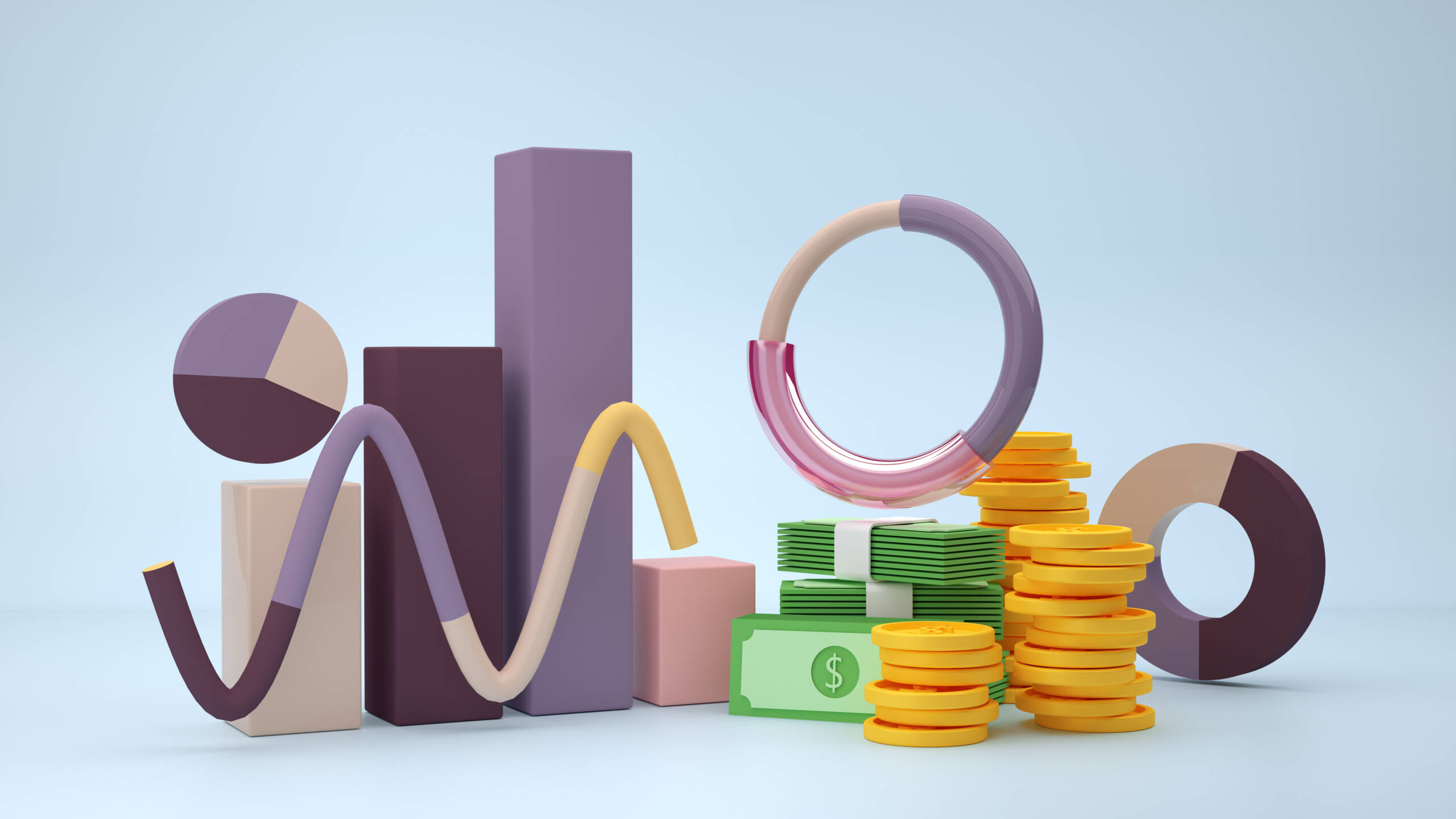Introduction
Digital marketing is one of the most critical business activities for any brand. The average person spends around 413 minutes online per day. Numerous activities are conducted online, from shopping to work and social life. Engaging and marketing to your audience is essential for the success of many businesses. However, to do so effectively, it’s necessary to be aware of the most important digital marketing statistics. Here are the key statistics to guide you.
The Size of the Digital Marketing Industry
- The annual growth of the digital marketing industry is projected to be 9%.
- Digital display advertising is expected to grow by 15.5%, while paid search spending should increase by 12.2% annually.
- As of 2021, nearly two-thirds of companies (63%) have increased their digital marketing budgets.
- Between 2020 and 2021, digital marketing spending increased by 14%.
The ROI of Digital Marketing
- PPC (Pay-Per-Click) generates approximately $2 for every $1 spent.
- Facebook and Google ads have the highest ROI among all paid channels.
- Almost half of all companies (49%) state that organic search delivers the best ROI.
- Email marketing boasts a high ROI, with $36 in revenue for every $1 spent.
- Small businesses claim that email marketing offers the best ROI.
- One in five companies says that the number of leads generated is the primary measure of a marketing campaign’s success.
- Content marketing and SEO provide the two best ROIs for marketers.
The Dominance of Digital Marketing in a Brand’s Budget
- Approximately 72% of a brand’s budget is allocated to digital marketing channels.
- More than half (55%) of marketing is now digital.
- Total digital advertising spending in 2021 reached $436 billion, surpassing the $196 billion spent on offline advertising.
- An average local business allocates up to 10% of its revenue to the digital marketing budget.
- A typical medium-sized company reports dedicating 14% of its revenue to digital marketing.
Consumer Behaviors
- Consumers tend to spend 50% more per order if a company responds regularly to reviews.
- 93% of consumers read online reviews when making purchasing decisions.
- Consumers will spend 500% more time on a website after viewing a negative review.
- 45% of consumers prefer to shop online and have their orders delivered rather than picking up the product in-store.
- Only 25% of consumers look at the second page of search engine results.
SEO Statistics
- Google controls 91% of the search engine market.
- The SEO industry is valued at $80 billion.
- Over half (53%) of website traffic is generated from organic search.
- Brands that write and publish blogs experience a 55% increase in traffic.
- Contacts from organic search have a 15% conversion rate.
- Large companies can spend up to $20,000 per month on SEO, while small businesses allocate up to $5,000 monthly.
Display Advertising Statistics
- Display ads increase a company’s brand awareness by 80%.
- After seeing a display ad, 155% of consumers conduct brand-specific searches.
- Using retargeting in ads increases consumers’ likelihood to purchase by 70%.
- Consumers who conduct searches on Google or other search engines convert 59% of the time.
- After viewing display ads, a consumer’s search activity increases by 155%.
- Only 4% of marketers plan to increase digital advertising spending by 2022.
Social Media
- Approximately 33% of all digital advertising spending is allocated to social media.
- Paid social traffic generates only one out of every twenty website visits.
- Annual advertising spending on social media websites reached $134 billion in 2022, marking a 17% increase.
- The social media industry is valued at $72.2 billion.
- An average brand dedicates about 14.9% of its marketing budget to social media marketing.
- Over 91% of brands use social media for marketing to consumers and customers.
- 93% of brands are active on Facebook.
- 86% of brands use advertising on Facebook.
- LinkedIn boasts over 55 million registered businesses.
- Instagram, owned by Meta (formerly Facebook), has over 200 million business accounts.
PPC Campaigns
- 65% of small and medium-sized businesses run PPC campaigns.
- 45% of small businesses have a paid search strategy.
- 55% of small businesses use paid advertising.
- 96% of Google’s revenue comes from Google Ads.
- The average click-through rate for Google Ads is 18%.
- The average cost per click in Google Ads is $3.53.
- The average cost per acquisition in Google Ads is estimated at $41.40.
Video Marketing
- TikTok is the fastest-growing social media and video sharing platform.
- In 2022, 40% of businesses plan to include TikTok in their social media strategy.
- TikTok reached one billion active users in just five years, three years faster than Facebook.
- Only 46% of viewers watch videos to the end.
Email Marketing
- Two billion emails are sent every day.
- The average person receives 120 emails per day.
- 87% of brands use email marketing to deliver content to users.
- The email marketing industry was valued at $7.5 billion in 2020, and it is expected to reach approximately $17.9 billion by 2027.
- In 2020, 78% of marketers declared email marketing as essential for their brand’s success, compared to 71% in 2019.
- The average ROI for every $1 spent on email marketing is estimated to be between $22 and $44.
- One in five emails (20%) is not mobile-friendly.
- 47% of email recipients open an email based on the subject line.
- Four out of five digital marketers would choose to give up social media rather than email marketing.
Websites
- Less than 72% of small businesses have a website.
- Nearly 60% of consumers wouldn’t recommend a business with a poorly designed mobile website.
- 70% of small business websites lack a call-to-action on their homepage.
- A consumer takes just half a second to form an impression of a website.
- Half of consumers expect a website to load in less than two seconds.
- The average desktop website loading time is 10.3 seconds, while mobile devices take over 27 seconds.
Digital Marketing Reporting
- 62% of marketing professionals use CRM software to analyze and create professional reports on campaign success.
- 52% of brands will implement marketing attribution reporting.
In Conclusion
Digital marketing encompasses a wide variety of channels, and its complexity, budgets, and reliance on digital marketing will continue to increase in the coming years. Properly managing these channels may pose challenges, but with the right processes in place, businesses can achieve greater results from their campaigns and thrive even in challenging times.


